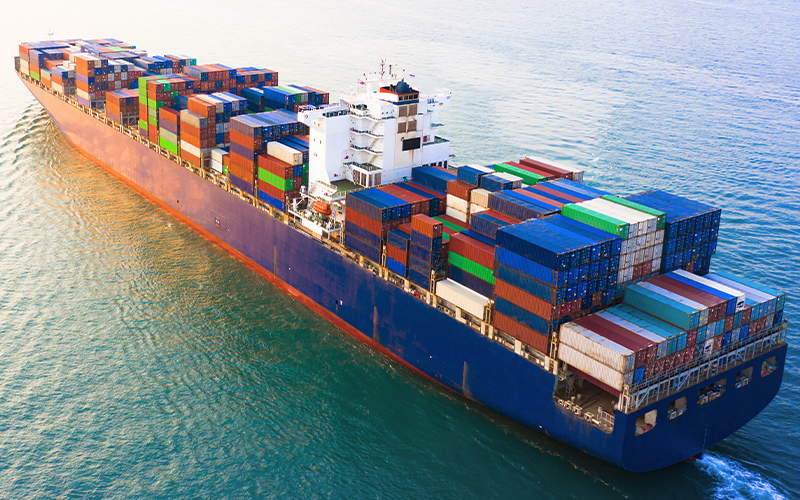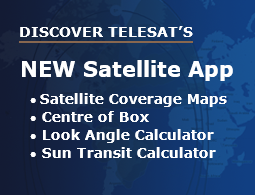Maritime operators are increasingly turning to low-earth-orbit (LEO) platforms to meet their connectivity needs while relegating geostationary (GEO) networks to supporting backup functions. That’s the verdict of a recent Space News article reporting from the World Satellite Business Week conference in Paris.
We’ve been saying this for a few years now here on The Critical Link. The advent of new (LEO) constellations has revolutionized connectivity at sea and ushered in rapid change for this vital global market. Operators have unprecedented choice and performance that rivals land-based networks. These are the reasons that constellations in non-geostationary orbit (NGSO) are expected to generate more revenue than GEO satellites by 2028, according to research from Novaspace published on Sept. 15.
Legacy LEO vs. Next-generation
This industry transition to LEO would not be happening without significant technological innovations now coming on line. First-generation LEO systems were launched in 2019 and 2020. They reinvigorated the space industry with low-latency bandwidth, ubiquitous connectivity, and disruptive pricing. However, because of their direct-to-consumer design and focus, they cannot always meet the uplink speeds, capacity concentration or SLAs required for some enterprise requirements.
Telesat Lightspeed leverages the industry-preferred Ka-band frequency, which provides eight times the spectrum for uplink connections over Ku-band. And Telesat Lightspeed terminals will offer higher performance than other NGSO systems. Depending on the end-customer needs and terminals selected, customers will enjoy uplink speeds up to 1 Gigabit per second.
Only Telesat Lightspeed is designed for enterprise-class performance from the ground up to meet the demand for reliable, secure, high-throughput, and low-latency connectivity anywhere around the world. Leveraging technologies such as software-defined networking and optical inter-satellite links (OISLs), Telesat Lightspeed offers a global, Layer 2 mesh network in space. This enables maritime operators to accelerate their digitalization timelines, which are driven by competitive pressures, regulatory compliance, and sustainability goals. Telesat can support that journey from remote monitoring and maintenance all the way to autonomous vessels.
Next-generation LEO and Maritime
These are some of the new capabilities that allow next-generation LEO to support the maritime digitization journey:
- Dynamic capacity allocation to satisfy customer demand
- Ability to concentrate more capacity into a demand hotspot than what is currently possible in GEO
- Instead of best-effort services, guaranteed committed information rates (CIRs) and service level agreements (SLAs) that meet the high data requirements of the enterprise customers of today and tomorrow.
- Resiliency by design, unlike some early LEO (and current GEO systems)
- Multiple satellites are always in view of a ground terminal
- Optically linked, self-repairing mesh network in space ensures always-on connectivity, even if one satellite experiences an anomaly
- Ability to land traffic at diverse landing stations
Antennas on each Telesat Lightspeed satellite can dynamically focus multiple Gigabits per second of capacity to a single location anywhere in the world. This eliminates network congestion at busy seaports or onboard huge cruise ships in the Caribbean or Mediterranean Sea. Maximum network efficiency also means that all this capacity can be delivered at a more compelling cost per bit.
As a Metro Ethernet Forum (MEF) 3.0 Layer 2 compliant service, Telesat Lightspeed can deliver multiple, segregated services with distinct routing and prioritized quality of service. Customers can control what application traffic is prioritized – file transfer, videoconferencing, web browsing, or email. This results in optimized performance and supports more secure data handling, with critical data sent directly to a secure cloud or corporate headquarters.
Telesat knows that operator choice is vital. Unlike other LEO providers, we are working with multiple terminal providers to ensure maritime service providers have a broad portfolio of terminals optimized for the markets they wish to serve. Each market has different needs, whether merchant shipping, offshore energy platforms, or cruise ships. All of these capabilities are backed by cybersecurity protection that is unprecedented for a commercial satellite system.
Next-generation LEO has changed the maritime game. This week, I will be speaking at the Digital Ship Athens conference and look forward to connecting with maritime service providers and shipping operators during the event.




